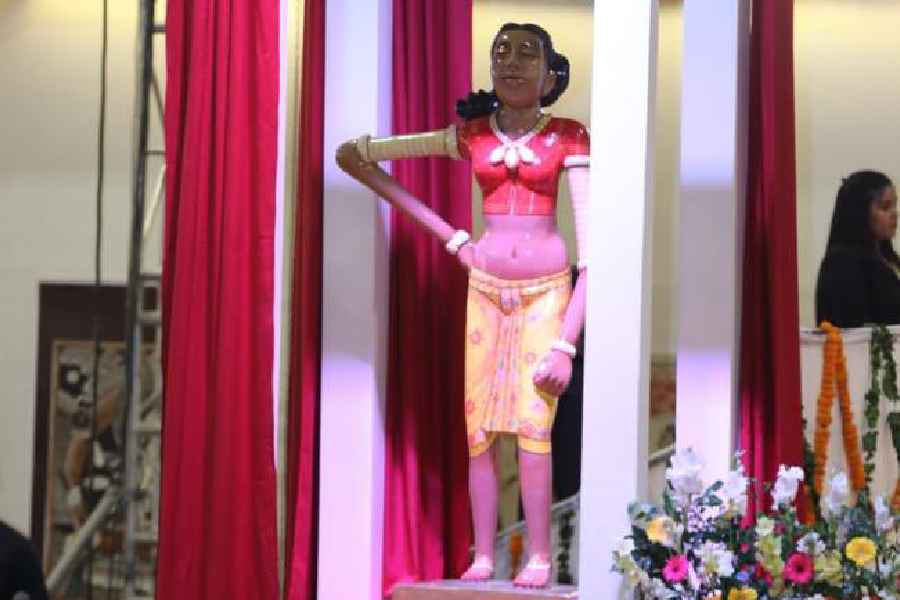To begin with, there is nothing wrong with dancing, nothing wrong with being a dancing girl or a girl dancing, if you know what I mean; at least that’s how we were brought up to think in our old new city of Mohenjo-daro. But the thing is, I was not dancing. I was not about dancing either. Shereen Ratnagar, the archaeologist, once said in an interview, “I looked at – luckily I found the – field register for HR area [of Mohenjo-daro]. I found it there. That day that they excavated her, they called her a dancing girl.” “They”, as in the sahibs at the Archaeological Survey of India.
Seeing and believing
Ernest Mackay, the archaeologist who made the discovery in 1926, was British. The 1920s were a momentous decade for women in Britain. In 1920, the Illustrated London News reported: ‘After many years of patient effort, women have won the right to receive degrees at Oxford.’ Marie Stopes founded Britain’s first birth control clinic in 1921. In 1928, women in the UK secured the right to vote. Eleven years before that, in India, Sarojini Naidu had led a deputation of 14 women to put forward the demand to include women's suffrage in the new Franchise Bill. The Madras City Council passed the Municipal Act IV in 1919; it gave women the right to vote. In April 1922, Mysore’s legislative council granted women's suffrage. When India went to elections for the first time in 1951, women voted alongside men. Those were eddying times for women in Britain and India and yet when those men saw me they saw a dancing girl.
In my likeness
Some years before they discovered me, a Frenchman named Rodin made a bronze impression of a nude wrestler and it was christened first The Poet and then The Thinker, but when they saw me all they could think was --- dancing girl. But why? I could have been thinking as well. Look at me again, mine is a pose of someone considering something. Look again at the century-old pose and you might recognise a swagger; I could have been a leader of an invisible pack behind me. So why not call me The Thinker or The Leader. Because I have bare breasts and buttocks? And somehow those are not conducive to thought? And now in the land of my birth they have prepared a likeness of me, slapped some pink colour, touched up my Negroid features, slapped on some flesh strategically, thrown on some clothes and called it “a stylised and contemporised” version of me. The “inspired” version of me is not even bronze and I was, before anything, an example of an intricate procedure in metallurgy. What is that thing they say, Azadi Ka Amrit...










